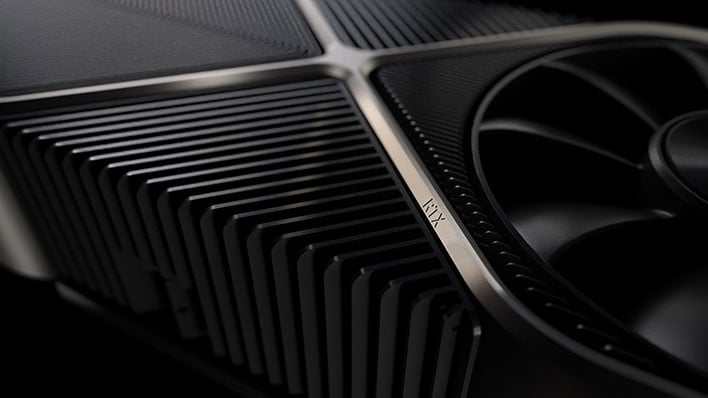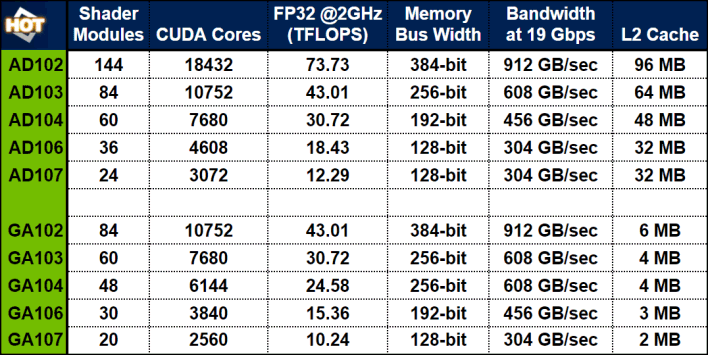Leak Suggests Next-Gen GeForce Blackwell RTX 50 Series May Shake Up Mainstream GPUs

Turing and Ada both skipped the "G" for using a two-letter architectural indicator ('TU' and 'AD' respectively), but that's because there were already architectures (Tesla and Ampere) with the same starting letter. The company's next major GPU architecture is expected to be named after American mathematician David Blackwell, so it's expected that the new GPUs will be codenamed with "GB" and then three numbers, as usual.

So, going by historical codenames, we'd normally expect to see GB102, GB104, GB106, and so on. However, according to the latest leak out of China as well as new information from regular NVIDIA leaker kopite7kimi, we won't be seeing any of those. Instead, NVIDIA's next-generation graphics architecture is going to start with GB202 and then continue through GB203, GB205, GB206, and finally GB207.
There are a number of oddities here. First, and smallest among them, is the continued presence of an "x03" GPU. First introduced in the Ampere series much later than the rest of the GPUs, "x03" indicates a graphics processor between the "x02" range—that's the "Titan" or "RTX 4090" tier—and the usual "x04" class, which was typically the high-end GPU upon which the "x80" card would be based. As an example, the GTX 1080 was based on GP104, and the RTX 2080 was based on TU104.
With Ampere, NVIDIA moved the "104" bracket down a tier, so the GA104 GPU powered the RTX 3070 and its derivatives, while the RTX 3080 was based on a significantly cut-down GA102. Most recently, with Ada Lovelace, NVIDIA wedged the AD103 GPU in between the 102 and 104 chips, so that the RTX 4090, RTX 4080, and RTX 4070 are all based on different silicon—a first for GeForce cards.
Automatically translated from Chinese by Google.
According to known NVIDIA insider Panzerlied, NVIDIA's next-generation parts will instead skip the "x04" tier altogether in favor of a heretofore-unseen "x05" tier. The possible implications of this are pretty interesting, but with only this factoid to go on, it's way too early to make any judgements about what it actually means. Our money's on NVIDIA focusing its efforts on making a smaller, less expensive GPU to serve the midrange.
The other curiosity in this information is that Blackwell will apparently ship in its second-revision form. It won't be the first time; the GeForce GTX 900 series primarily comprised GM20x GPUs, being the second-generation Maxwell architecture. What's unusual is that we haven't heard anything about any plans to ship a first-generation Blackwell architecture in any market segment.
Around that same period, NVIDIA released a modified form of Kepler in the GK210 processor for high-performance compute applications. It had minor architectural changes to improve its performance in HPC workloads. It's possible that we could see something similar here, where GB1xx is compute-focused, and GB2xx is graphics-focused. YouTuber RedGamingTech theorized exactly such a scenario back in June, where Blackwell replaces both Hopper and Ada Lovelace.
Over at Videocardz, WhyCry took the leak from Chiphell to kopite7kimi to confirm its veracity. That's where the "GB20x" nomenclature came from, apparently. That fellow's leaks have been wrong before, but they've also been very accurate multiple times in the past, so he clearly has an angle on insider info at NVIDIA. We probably won't hear anything directly from the green team about Blackwell within the next year, so don't hold your breath.



